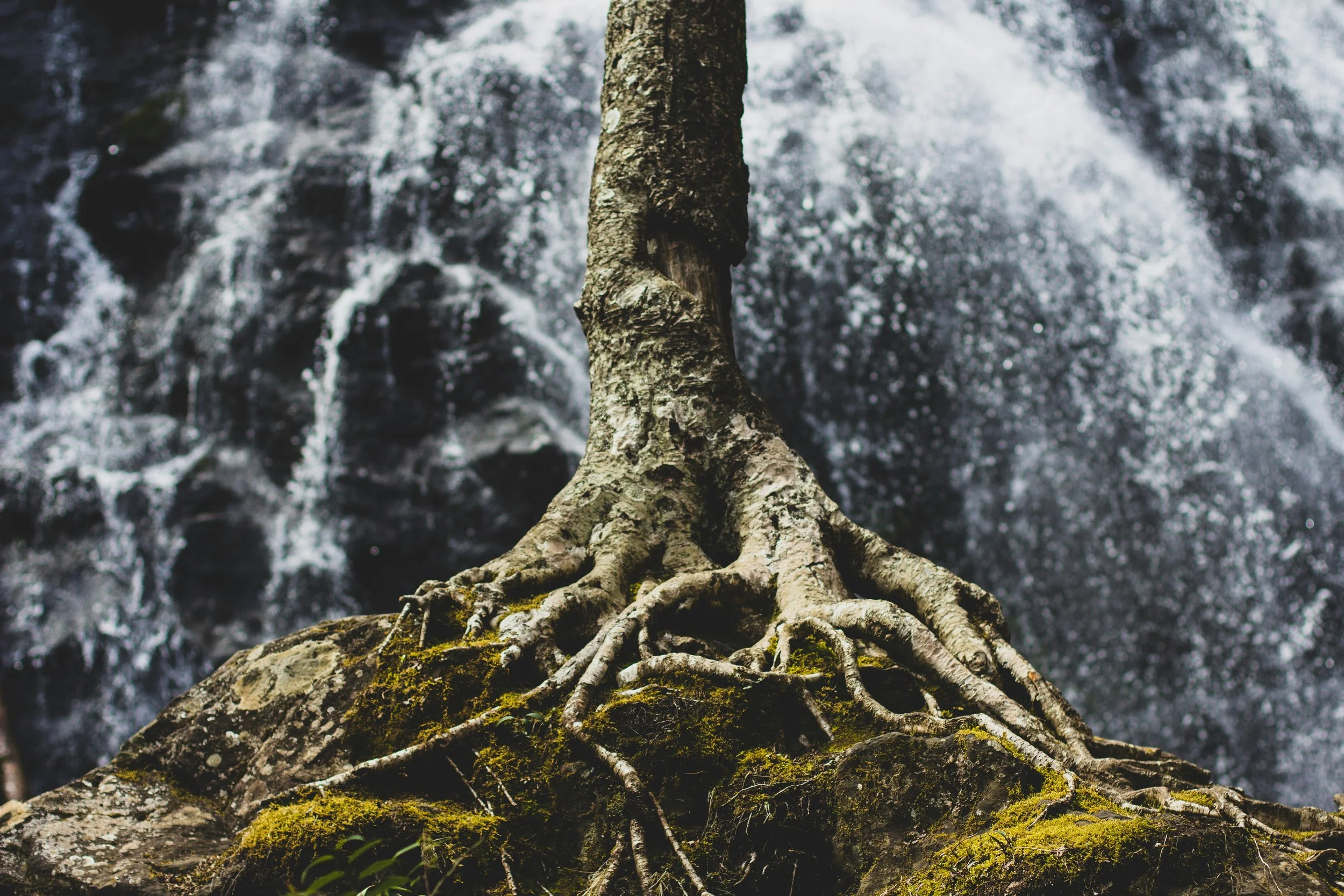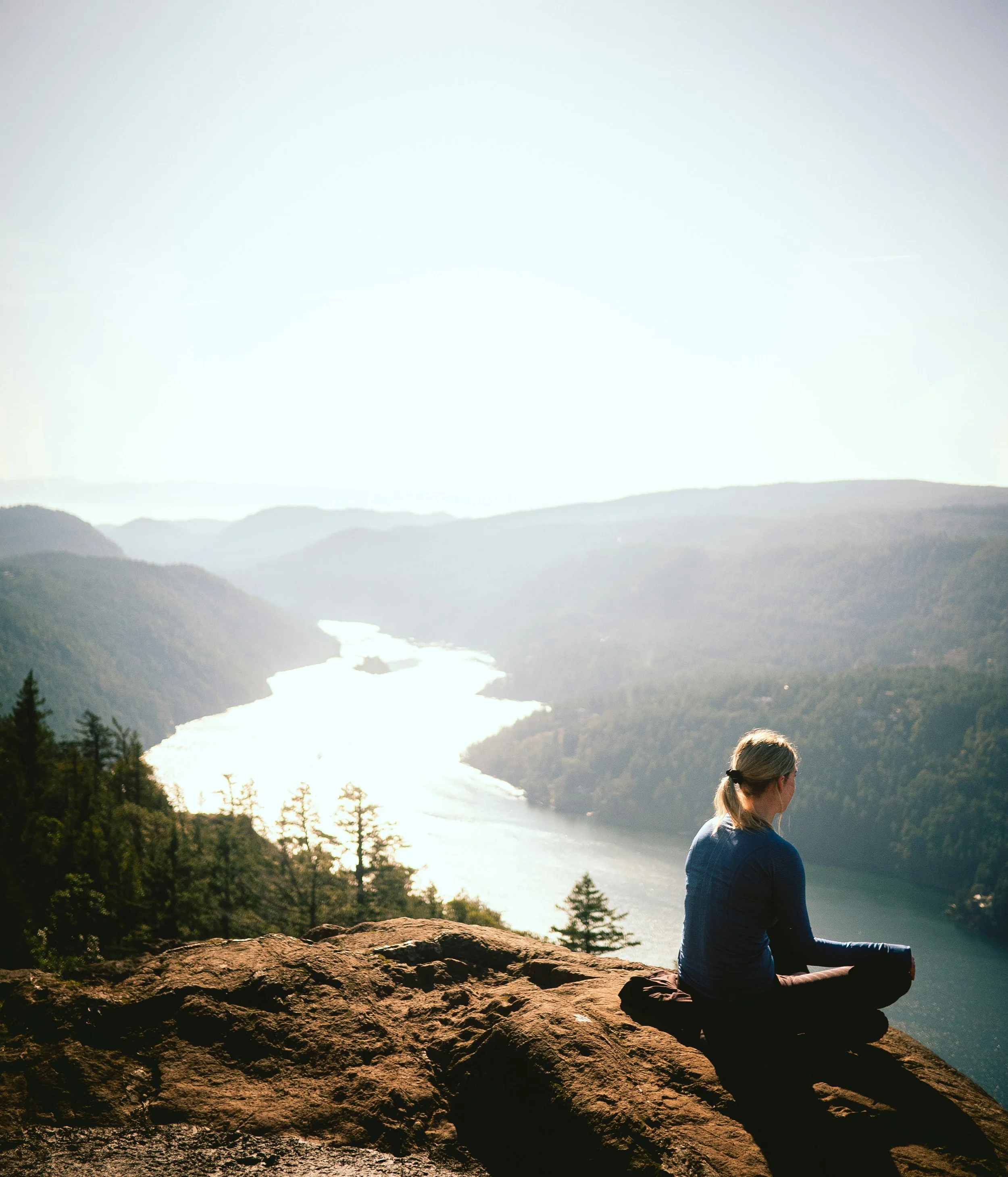You have probably heard the words "polarized" and "division" thrown around quite a bit recently. It seems like people are dividing and isolating themselves from those perceived as different and shutting out those who do not share their opinions or beliefs. The tendency to favor in-groups and disassociate from out-groups is an age-old human problem. However, the principle of interconnectedness may help transcend the “us vs them” mentality. Interconnectedness—the idea that all living and non-living things are connected – has roots in Buddhist teachings, stating that nothing lives or exists in isolation. Instead, we exist as part of an intricate whole that is made up of interrelated parts and mutual support (Ikeda, 2012). Interconnectedness tells us we are not independent beings on a solo journey but rather interdependent “matters [that] are mutually influencing one another and co-arising dependently” (Yu et al., 2020, p.1239). According to the principle of interconnectedness, when we move toward the belief that we are isolated beings who can act without consequence to the larger whole, it breeds division, fear, and mistrust (Awakening to the Interconnectedness of Life, 2020). There seems to be a lot of that going around, and perhaps some unique aspects of our modern world make it easier to buy into the notion "us vs them."
What Monads Mean for the Environment
We are living mirrors. Each Earth Day, we are reminded of our connection to nature. However, I would like to tell you about a philosopher who was talking about our interconnectedness with nature all the way back in the 1700’s. He was not the first to do so, but he, to my knowledge, was the first philosopher to make interconnectedness a hallmark of his metaphysical system. This philosopher is one Gottfried Wilhelm Leibniz, who is famous for his co-creation of calculus as well as his tomes of philosophical and mathematical thoughts and arguments. Allow me to elucidate Leibniz’s thoughts on our interconnectedness with nature, and then illustrate some of the benefits of thinking about ourselves as “living mirrors.”
Messy Progress
Most people find that accomplishing goals is satisfying and that life has greater meaning and purpose when we’re checking things off. Why wouldn’t we? Accomplishing goals helps us move toward our values. Overcoming obstacles gives us a sense of pride in ourselves and our ability to do hard things. However, if you’re anything like me, sometimes the process can become more important than accomplishing the actual goal. We get caught up in everything surrounding the goal and lose track of the “doing” part. Let me explain.
Harnessing the Power of Willpower
Have you ever played “Would You Rather?” When my brother was little, he loved this game, and it seemed like he was constantly coming up with the most random scenarios that he could think of, like “Would you rather break both legs or have to eat moldy cheese for every meal?” Now that we’re older, my brother and I don’t play this game much anymore. However, we still face real-life “Would You Rather” decisions every day, such as…
Finding Motivation to Exercise
What motivates you to exercise? Is it the need to obtain a certain body image? Or your desire to counterbalance the deliciously fatty hamburger you ate last weekend? Maybe you feel absolutely no motivation to exercise, and nothing on this earth could propel you to choose to hit the gym. I’ve been there. What if you knew that exercise could benefit not only your physical body, but your mind and soul as well? Exercise has been proven to benefit mental wellbeing as well as physical health (Anderson & Durstine, 2019; Ohrnberger et al., 2017). Would that knowledge change how you approach (or avoid) exercise in your life?
How Body Neutrality Changed My Life
Imagine waking up in the morning, looking in the mirror, and feeling at peace—not because you think your body is flawless, but because it doesn’t define your worth. What if the conversation shifted from self-criticism to self-acceptance, and from body perfection to body neutrality? In a world where we’re constantly bombarded with unrealistic beauty standards and social media highlight reels, cultivating a positive self-image can feel like an uphill battle. But what if we stopped striving for perfection and instead focused on appreciating our bodies for what they do, not just how they look? Enter the concept of body neutrality—a refreshing approach that encourages us to detach our self-worth from our appearance. I want to explore how embracing body neutrality and fostering a positive self-image can transform the way you view yourself and your body, creating space for self-compassion, confidence, and genuine happiness.
Music: Our Emotional Soundtrack
Have you ever felt an overwhelming sense of joy, excitement, sadness or frustration, but didn’t have anyone nearby to express those feelings with? What did you do? Did you simply keep those feelings inside and process them internally? Or did you do what many others do when they want to further express these emotions: turn to music? Music can be such a powerful tool for people of all ages to process and regulate the emotions that they may be feeling.
Building Community Despite Political Differences
America is more divided than ever. Just scrolling on social media, you will see influencers calling members of opposing political parties’ “monsters”, “idiots”, or even “subhuman”. Americans these days love to latch on to people who are just like them and block out everyone else. In fact, according to a research study conducted by professors at Brown and Stanford University, the growing rate of political polarization in the United States exceeds nearly every other democratic country (Kimball 2020). We are simply becoming more and more divided.
Combating Climate Anxiety by ENGAGING
I don’t know about you, but I’ve got the climate on my mind. The dreadful climatic news swirls around me left and right. I don’t know what to do. The more I investigate it, the more afraid I get. As such, I often feel stuck or paralyzed about what I should or even could do. Should I walk to school instead of taking a car? How do I best conserve water? Did the food I’m eating come from a sustainable farm? We are constantly faced with environmental dilemmas, but we often follow our habits—sustainable or not.
Reshaping Life's Path: How Life’s Challenges Spark Personal Growth
While none of us enjoy setbacks, it’s important to remember that on the journey of life, every challenge is a stepping stone towards personal growth. While facing adversity is never easy, it can significantly transform you, shaping a more resilient, insightful, and compassionate individual. Today, My Best Self 101 explores how the obstacles we encounter can lead to profound personal transformation and ultimately, a richer, more fulfilling life.











